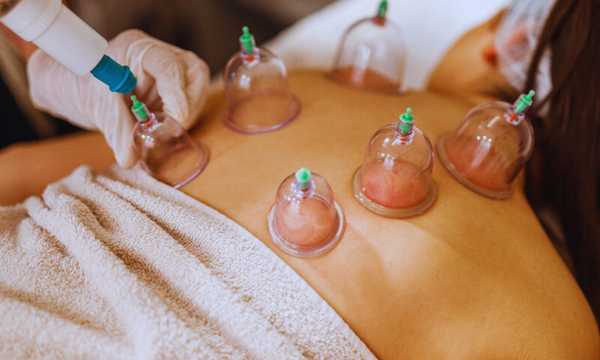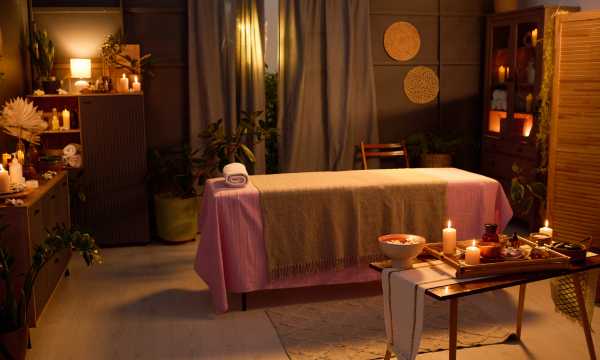Ergonomic Care: Essential equipment for massage therapists to maintain their health and effectively promote the well-being of their clients.
Ad
Massage therapy is a physically demanding profession that requires a considerable amount of strength and endurance. Massage therapists often spend long hours standing, leaning over clients, and using repetitive hand motions that can lead to discomfort, pain, and even injury. To prevent these issues, ergonomic care is essential for massage therapists.
Ergonomic care refers to the use of equipment and techniques that promote health and safety while performing tasks. In the context of massage therapy, ergonomic care involves using equipment that supports proper body alignment, reduces strain on muscles and joints, and enhances the therapist’s comfort and efficiency.
Ad
By implementing ergonomic care, massage therapists can reduce the risk of developing musculoskeletal disorders and improve their overall well-being.
In this article, we will explore the importance of ergonomic care for massage therapists and discuss some of the health-promoting equipment that can be used to enhance the massage therapy experience.
Ad
Whether you are a seasoned massage therapist or just starting in the field, understanding the benefits of ergonomic care and how to incorporate it into your practice can help you provide better care to your clients and improve your own quality of life.
Fundamentals of Ergonomic Care
Understanding Ergonomics
Ergonomics is the science of designing and arranging equipment, tools, and tasks to fit the worker’s needs and abilities. The goal of ergonomics is to optimize efficiency, safety, and comfort in the workplace. Ergonomic care is essential for massage therapists because they spend a significant amount of time performing manual tasks that can lead to physical strain and injury.
Importance for Massage Therapists
Massage therapists are at risk of developing musculoskeletal disorders (MSDs) due to the repetitive nature of their work. MSDs are injuries or disorders that affect the muscles, tendons, ligaments, nerves, and joints. Common MSDs among massage therapists include carpal tunnel syndrome, tendonitis, and rotator cuff injuries.
Ergonomic care can help prevent MSDs by reducing the physical strain and stress on the therapist’s body. Properly designed equipment, tools, and workstations can help minimize awkward postures, excessive force, and repetitive motions. Ergonomic care can also improve the therapist’s productivity, quality of work, and overall well-being.
Massage therapists can incorporate ergonomic care into their practice by following these guidelines:
- Use adjustable and supportive equipment, such as massage tables, chairs, and stools.
- Maintain good posture and body mechanics while performing massages.
- Take frequent breaks and stretch to prevent fatigue and stiffness.
- Use proper lighting and ventilation to create a comfortable working environment.
- Seek professional advice and training on ergonomics and injury prevention.
By prioritizing ergonomic care, massage therapists can ensure their long-term health and success in their profession.
Ergonomic Equipment Selection
Massage therapists spend long hours on their feet, which can lead to fatigue, discomfort, and even injury. Selecting the right ergonomic equipment can help prevent these issues and promote better health and wellbeing.
Adjustable Massage Tables
Massage tables are the most important piece of equipment for any massage therapist. Adjustable massage tables are designed to accommodate a wide range of clients, ensuring that the therapist can maintain proper posture and avoid strain or injury. Look for tables that offer adjustable height, width, and tilt, as well as sturdy construction and comfortable padding.
Ergonomic Seating Options
In addition to massage tables, ergonomic seating options are also important for massage therapists. Stools and chairs that are adjustable and supportive can help prevent back pain and other discomfort. Look for seating options that offer adjustable height, backrests, and armrests, as well as sturdy construction and comfortable padding.
Supportive Flooring Solutions
Standing on hard floors for extended periods of time can lead to foot, leg, and back pain. Supportive flooring solutions, such as anti-fatigue mats or padded flooring, can help prevent these issues and improve overall comfort. Look for flooring options that are durable, slip-resistant, and easy to clean.
By selecting the right ergonomic equipment, massage therapists can promote better health and wellbeing for themselves and their clients.
Techniques for Ergonomic Practice
Proper Body Mechanics
Maintaining proper body mechanics is essential for massage therapists to prevent injury and promote health. The following tips can help ensure proper body mechanics:
- Stand with feet hip-width apart and keep the knees slightly bent.
- Keep the shoulders relaxed and avoid hunching over the client.
- Use the body’s weight to apply pressure, rather than relying solely on arm strength.
- Avoid twisting at the waist and instead pivot the entire body.
- Take breaks and stretch regularly to prevent fatigue and stiffness.
Equipment Usage Tips
In addition to proper body mechanics, ergonomic equipment can also promote health and prevent injury for massage therapists. The following tips can help ensure proper usage of ergonomic equipment:
- Adjust the massage table to a comfortable height for the therapist.
- Use a face cradle that supports the client’s head and neck.
- Use a stool or chair with adjustable height to avoid bending over the table.
- Use bolsters and pillows to support the client’s body and reduce strain on the therapist’s arms and hands.
- Use massage tools, such as rollers or balls, to reduce strain on the therapist’s hands and fingers.
By implementing proper body mechanics and utilizing ergonomic equipment, massage therapists can promote health and prevent injury, allowing them to provide high-quality care to their clients.
Health Benefits and Outcomes
Massage therapy is a physically demanding job that requires therapists to use their hands and arms repetitively, which can lead to discomfort and pain. Ergonomic care equipment can help reduce physical strain and enhance therapist wellbeing, leading to improved health outcomes.
Reduced Physical Strain
Ergonomic equipment, such as massage tables with adjustable height, can help reduce physical strain on the therapist’s body. By adjusting the table to the appropriate height, the therapist can maintain proper posture and reduce the risk of developing musculoskeletal disorders.
Massage chairs with adjustable armrests and face cradles can also help reduce physical strain. By adjusting the armrests and face cradle to fit the client’s body, the therapist can avoid awkward positions that can lead to discomfort and pain.
Enhanced Therapist Wellbeing
Ergonomic equipment can also enhance therapist wellbeing by reducing stress and promoting relaxation. Massage chairs with built-in heat and vibration can help relax the therapist’s muscles and reduce tension. This can lead to improved mood and a better overall sense of wellbeing.
By using ergonomic equipment, therapists can also reduce the risk of developing occupational injuries and illnesses. This can lead to improved job satisfaction and a better quality of life.
In conclusion, ergonomic care equipment can provide numerous health benefits and outcomes for massage therapists. By reducing physical strain and enhancing therapist wellbeing, ergonomic equipment can help improve health outcomes and promote a better quality of life.


